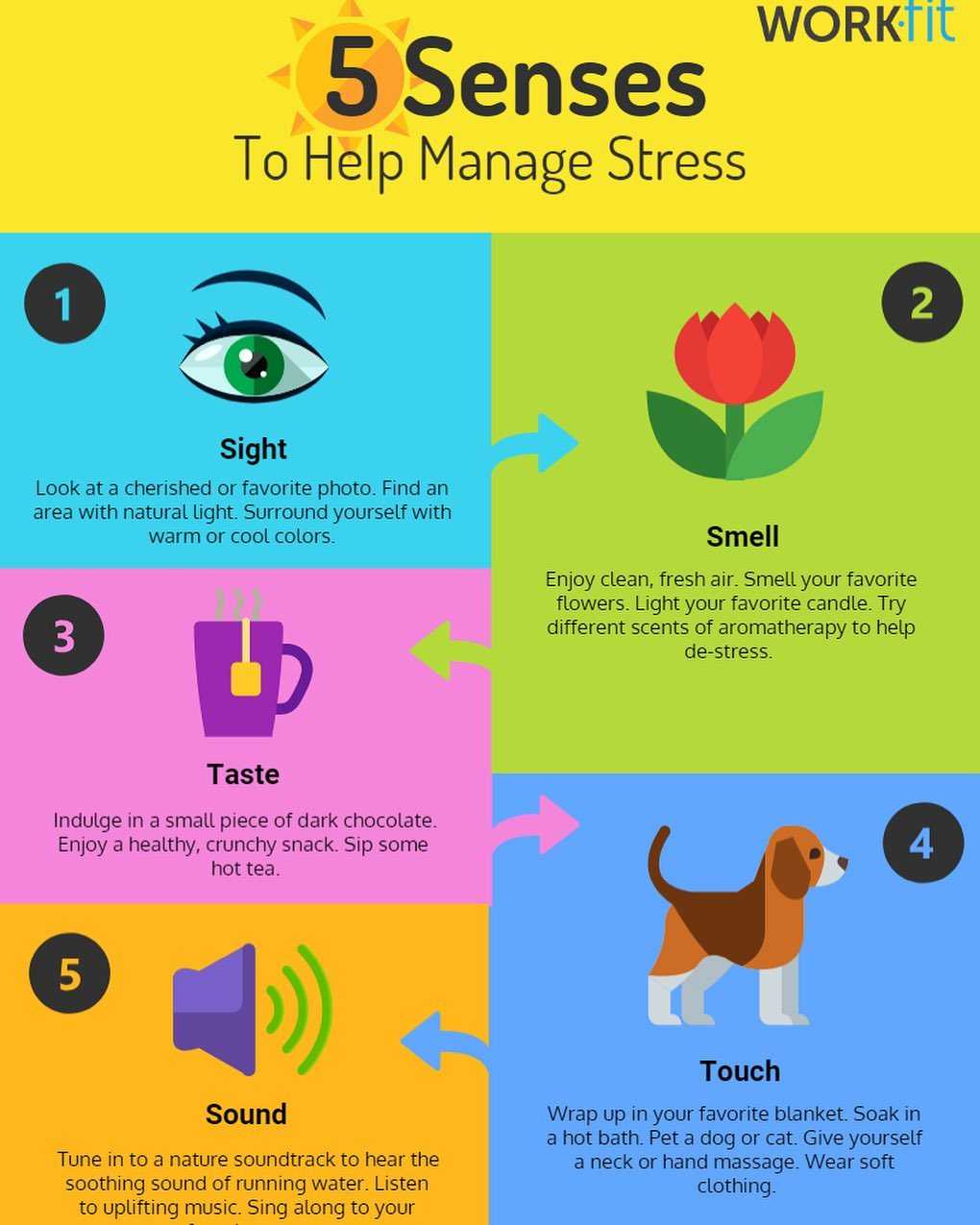In today’s fast-paced world, stress has become an unavoidable part of life. Whether it’s work, relationships, or personal challenges, we all experience stress in different forms and degrees. If left unchecked, chronic stress can take a toll on our physical and mental well-being, leading to a myriad of health issues.
The good news is that there are numerous effective stress management techniques that can help you cope with stress and maintain a healthy balance in your life. These techniques range from simple lifestyle changes to more structured practices like meditation and mindfulness. In this comprehensive guide, we’ll explore the top 20 stress management techniques that have been proven to reduce stress and promote overall well-being.
From practicing deep breathing exercises to engaging in regular physical activity, these techniques offer a holistic approach to stress management. Whether you’re looking to relieve immediate stress or develop long-term stress resilience, this guide provides a wealth of practical strategies to help you thrive in the face of life’s challenges.
top 20 stress management techniques
Embrace proven strategies for stress relief.
- Practice deep breathing exercises.
- Engage in regular physical activity.
- Cultivate mindfulness and meditation.
- Prioritize adequate sleep and rest.
- Maintain a balanced diet and hydration.
- Seek social support and connection.
- Explore creative outlets and hobbies.
With consistency and dedication, these techniques can help you manage stress effectively and promote overall well-being.
Practice deep breathing exercises.
Deep breathing exercises are a simple yet powerful technique for reducing stress and promoting relaxation. When you take deep breaths, your body’s natural relaxation response is activated, which helps to lower your heart rate, blood pressure, and stress hormone levels.
To practice deep breathing exercises, find a quiet and comfortable place to sit or lie down. Close your eyes and focus on your breath. Inhale slowly and deeply through your nose, allowing your belly to expand. Hold your breath for a few seconds, then exhale slowly and completely through your mouth. Repeat this cycle for several minutes, or until you feel relaxed.
There are many different variations of deep breathing exercises. Some popular techniques include:
- 4-7-8 breathing: Inhale for 4 seconds, hold your breath for 7 seconds, and exhale for 8 seconds.
- Box breathing: Inhale for 4 seconds, hold your breath for 4 seconds, exhale for 4 seconds, and hold your breath for 4 seconds. Repeat this cycle for several minutes.
- Alternate nostril breathing: Close your right nostril with your thumb and inhale deeply through your left nostril. Then, close your left nostril with your ring finger and exhale through your right nostril. Repeat this cycle, alternating nostrils with each breath.
Experiment with different deep breathing techniques to find one that works best for you. Practice deep breathing exercises regularly, especially when you’re feeling stressed or overwhelmed, to promote relaxation and reduce stress levels.
Deep breathing exercises are a simple and effective way to manage stress and improve your overall well-being. Incorporate them into your daily routine to experience the many benefits they have to offer.
Engage in regular physical activity.
Regular physical activity is one of the most effective ways to manage stress and improve your overall well-being. When you exercise, your body releases endorphins, which have mood-boosting and pain-relieving effects. Exercise also helps to reduce levels of stress hormones, such as cortisol.
In addition to reducing stress, regular physical activity has numerous other benefits for your physical and mental health, including:
- Improved cardiovascular health
- Reduced risk of chronic diseases, such as obesity, type 2 diabetes, and heart disease
- Stronger muscles and bones
- Increased energy levels
- Improved sleep quality
- Reduced symptoms of anxiety and depression
- Boosted self-esteem and confidence
To reap the stress-relieving benefits of physical activity, aim for at least 30 minutes of moderate-intensity exercise most days of the week. This could include activities such as brisk walking, swimming, biking, dancing, or playing sports. If you’re new to exercise, start slowly and gradually increase the intensity and duration of your workouts over time.
Find an activity that you enjoy and that fits into your lifestyle. If you don’t have time for a traditional workout, break it up into smaller chunks throughout the day. Even short bursts of activity, such as taking a walk or doing some gardening, can help to reduce stress and improve your mood.
Regular physical activity is a powerful stress management tool that can benefit your physical and mental health in numerous ways. Make exercise a priority in your life to experience the many benefits it has to offer.
Cultivate mindfulness and meditation.
Mindfulness and meditation are powerful techniques for reducing stress and promoting mental well-being. These practices help you to focus on the present moment and let go of negative thoughts and emotions.
- Practice mindful breathing: Pay attention to the sensation of your breath as it enters and leaves your body. Notice the rise and fall of your chest and belly. When your mind wanders, gently bring it back to your breath.
- Engage in body scan meditation: Start by focusing on your toes and work your way up your body, paying attention to each body part in turn. Notice any sensations, such as tingling, warmth, or tightness. If you find any areas of tension, try to relax and release that tension.
- Practice loving-kindness meditation: Cultivate feelings of love and compassion towards yourself and others. Imagine sending positive thoughts and well-wishes to yourself, your loved ones, and even people you don’t know.
- Attend a mindfulness or meditation class: If you’re new to mindfulness or meditation, consider attending a class or workshop to learn the basics and get guidance from an experienced teacher.
Mindfulness and meditation can be practiced anywhere, anytime. Even a few minutes of practice each day can help to reduce stress, improve focus, and promote a sense of inner peace and well-being.
Images References :

Woody Beck, a happy parents with two kids.


